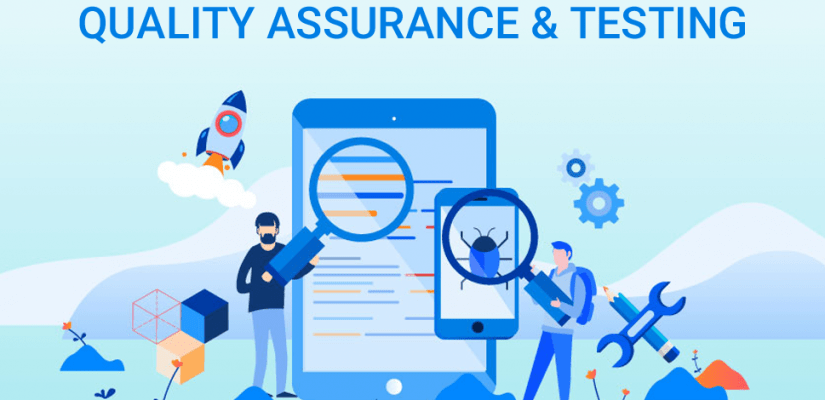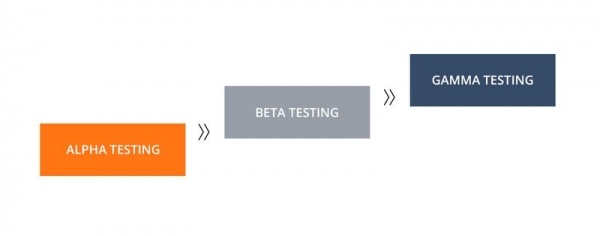Before discussing the differences between Performance and Load Testing services, let’s find out what Performance Testing is. It is the testing that’s performed to ensure how the parts of a system perform under a particular situation. The resource usage, scalability, and trustworthiness of the product are also confirmed with this testing. This testing is a part of performance engineering that focuses on taking care of the performance problems in the design and architecture of a Software Product. Even Load Testing reduces the system downtime, lessens the failure cost, improves scalability and customer satisfaction, recognizes the badly written code and queries, and finds out the hindrances before System Deployment.
What Are The Major Differences Between Performance Testing And Load Testing Services?
Performance Testing is normally a superset for load and stress testing. The other types of testing included are Spike Testing, Volume Testing, Scalability Testing and Endurance Testing. This is why performance testing is not a narrow term.
The Ultimate Goal Of Performance Testing:
- The most important goal of performance testing is to set up your system’s benchmark behavior. There are all kinds of industry-marked benchmarks to be fulfilled at the time of performance testing. Performance Testing never aims to find out the errors in the application. It also doesn’t pass or fail a test. It mostly takes care of fixing the benchmark and standard of an application. Performance Testing must be performed accurately. Careful monitoring of an app or system performance is the most significant characteristic of performance testing.
- The standards of the app must be fixed based on characteristics like speed, response time, throughput, resource usage, and stability.
All of these qualities are properly tested in case of a performance test.
Just like:
You can test the app’s network performance with the help of “The Connection Speed and Latency Chart.” Latency is the time gap between the data to reach from the source to the final destination.
- Any 70kb page doesn’t take more than 15 seconds to load for a weak connection of 28.8 kbps modem (latency= 1000 millisecond), where a page of the same size would come up in 5 seconds for an average connection of 256 kbps DSL (the latency is equal to 100 milliseconds).
- Did you know that a 1.5mbps T1 connection with (latency=50 milliseconds) would have the performance benchmark set to 1 second for fulfilling the target?
Another example is the example of request-response model. We can always fix a benchmark that the difference in time between the years of request and the agreement of responses must be within x ms and y ms, in which x and y are the standard numbers.
- A successful performance test must properly show most of the performance problems linked to a database, network, software, hardware and all.
Load Testing is designed to test the system by continuously and slowly raising the load on the system till it comes to the threshold limit. It is a subset of performance testing.
All About Load Testing
- Load Testing is performed by Quality Assurance Software Testing companies who do it by using any proper automation tool there in the market. WAPT and LoadRunner are two of the most popular tools that assist with load testing. Load Testing is also popularly called by names like Volume Testing and Endurance Testing. Volume Testing significantly focuses on the databases, and Endurance Testing puts the system to the test by exposing it to a major load for a lot of time.
- The main motive of load testing is to provide the system with the biggest job that it can handle to test the system’s endurance capacity and track the results. The best fact is that sometimes the system is stored with an empty task to understand system behavior in a no-load situation.
- The qualities tracked in the load test have peak performance, server throughput, reply time under different load capacities (under the threshold of break), the relevancy of the H/W environment, and the number of useful apps that it can manage without spoiling the performance.
The Primary Goals Of Load Testing:
- Revealing the loopholes in an app linked to buffer overflow, memory leakage, and mishandling of memory. The problems that will slowly be revealed as a result of load testing will have load balancing troubles, bandwidth troubles, the ability of the previous system, etc. To make out the upper limit of the parts of an app, like a database, hardware, network and all so that the app can handle the expected pressure in the future. To fix the SLAs for the app. For Eg,
Let us think about checking the email functionality of an app that could get crowded with an unbelievable number of 1000 users at a time. Now, 1000 users can discard the email transactions (like read, send, delete, forward or reply) in all kinds of different styles.
- If we look into a single transaction each hour, it will make a total of 1000 transactions each hour. When we simulate 10 transactions/ users, we’ll load test the email server by filling it up with 10000 transactions every hour.
To be precise, load testing is a part of performance testing and includes all performance problems linked to changing user loads. On the other side, performance has a greater scope and allows testers to highlight all the performance problems of the system by fixing benchmarks for every scenario.
Performance Testing makes it easy to pinpoint the basic issues present in your system and is crucial for your product to be successful. To confirm that your product is safe against the downtimes and crashes brought about by changing user load, you need to seek help from a team of QA experts to root out all the hidden vulnerabilities in your product. The team at Hikeqa is adept at it. Contact them for the best Performance and Load Testing Services.

















